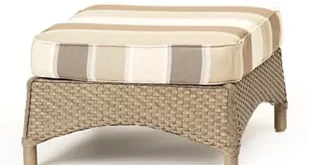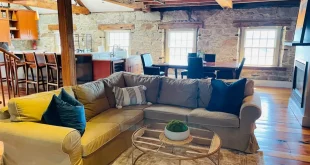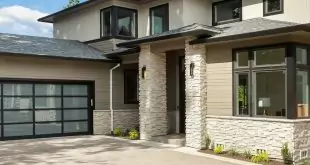Wardrobes have come a long way in the last few decades. Gone are the stand-alone cupboards only a meter wide, replaced by whole-walls of shelving, doors, slots, hooks, baskets, everything you could possibly need to hold your entire collection of clothing. But if you’re building your own, where do you start? How many baskets do you need as opposed to hooks or shelves? And, for that matter, what do you build them out of?
You’re in luck. Stick around, and we’ll go over some of the fine points and tips on constructing wardrobes for your house.

Materials.
What do you build wardrobes out of these days? Well, that depends on several factors such as layout, style, personal taste, etc., but by and large most wardrobes these days are constructed of MFC board, which is a high-density wood product. The benefit of this product lies in its strength, ease of use, and ability to be laminated with any color or design the builder or homeowner wishes. Where solid-wood will expand and contract with temperature and humidity, MFC board stays exactly where you put it. Other materials include high-density plastics for things such as tie-rails, and high-polish or chrome-plated aluminum for shoe racks, baskets, and trouser rails.
How Much of What?
Before you go and cut everything to size, be sure you know how much of each space you need. Do you have many shirts and ties, but only a few pairs of trousers? Do you have a small mountain of shoes but only a couple of things you want hung? For that matter, do you prefer to have everything hung or folded? Take all of this into account before you pick up your materials. You’ll thank yourself for it.
Is it Big Enough?
So you’ve decided on how many of each type of space you need. Your shelves and baskets and rails are all numbered and accounted for. But is there really enough space there? Most clothing collections have one thing in common: they grow. More shoes, more shirts, more trousers, more socks, and that one dress that only gets worn once and is forever hanging in the left hand corner. Be sure you have room to grow in the space you’re constructing your new wardrobe. If not, you may wish to consider moving the location to a larger area or adding a smaller wardrobe in another space. So long as you’re building one, you may as well build another and get it done.

Making Sure the Space is Right.
Houses hide many things in the walls. If you’re going to be anchoring your wardrobe to a wall, be sure you know what’s in it. From pipes to electrical wiring, what you don’t know, in this case, can hurt you and your pocket book.

Doors, Sliders, or Open?
You’ve done everything up to this point, but what do you want to cover it in? And do you want to cover it at all? Leaving your wardrobe open has its advantages. For one, you know exactly what’s there. On the other hand, if you’re not the neatest person in the world, you may want to install doors or sliders to cover what may be a bit of a mess from time to time. The choice is entirely yours, but make sure you know before you finish.
Those are the basics when it comes to constructing wardrobes, but it’s not everything. If you have questions or concerns, feel free to contact Skön Design and ask. Their friendly staff will be happy to help you.
 World inside pictures Collect and share the best ideas that make our life easier
World inside pictures Collect and share the best ideas that make our life easier








